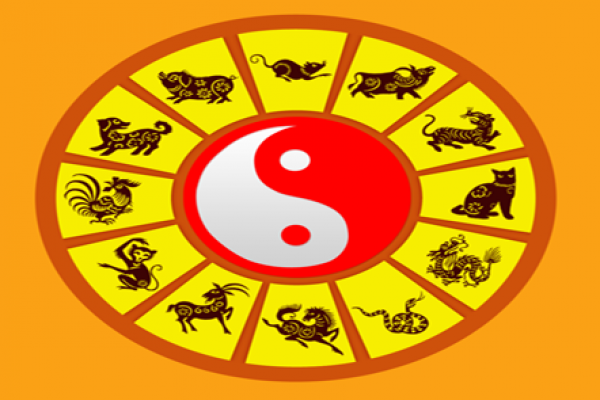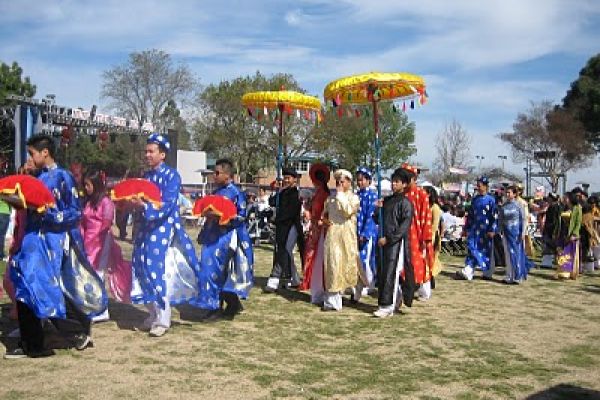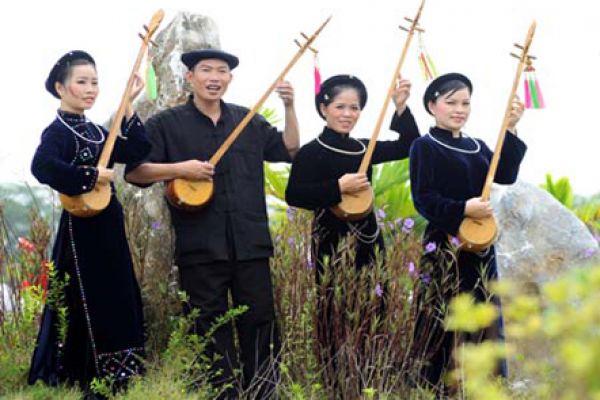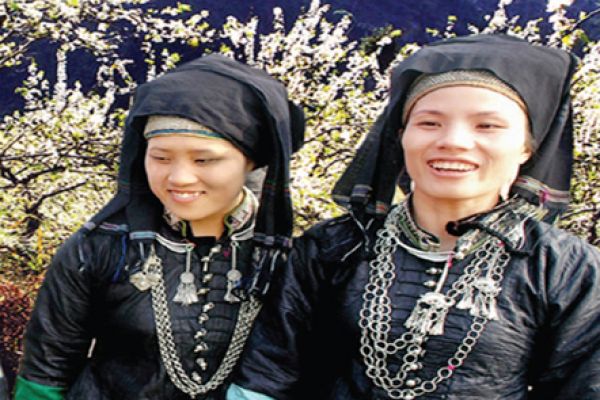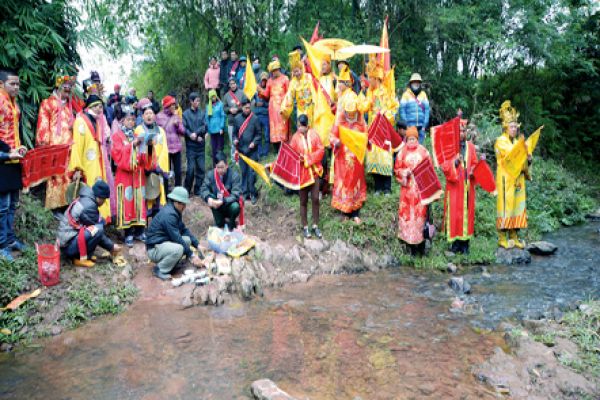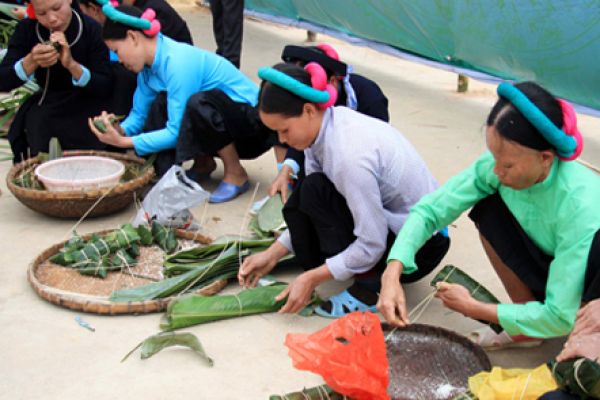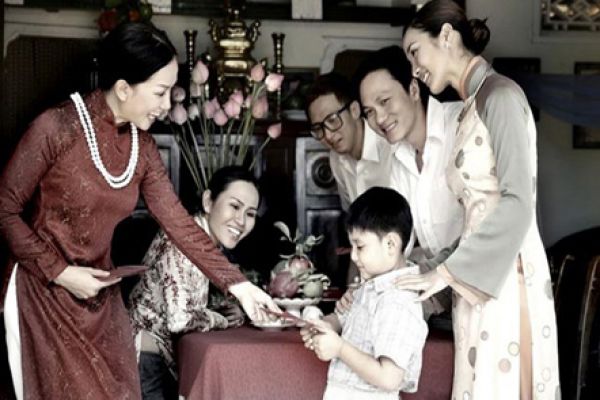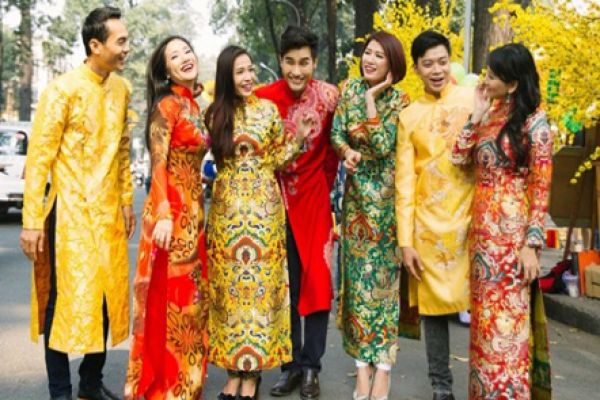 Formerly funeral ceremonies went as following: the body was washed and dressed; then a le ngam ham, or chopstick, was laid between the teeth and a pinch of rice and three coins were dropped in the mouth. Then the body was put on a grass mat laid on the ground according to the saying “being born from the earth, one must return back to the earth.” The dead body was enveloped with white cloth, le kham liem, and put into the coffin, le nhap quan. Finally, the funeral ceremony, le thanh phuc, was officially performed.
Formerly funeral ceremonies went as following: the body was washed and dressed; then a le ngam ham, or chopstick, was laid between the teeth and a pinch of rice and three coins were dropped in the mouth. Then the body was put on a grass mat laid on the ground according to the saying “being born from the earth, one must return back to the earth.” The dead body was enveloped with white cloth, le kham liem, and put into the coffin, le nhap quan. Finally, the funeral ceremony, le thanh phuc, was officially performed.
The deceased person’s sons, daughters, and daughters-in-law had to wear coarse gauze turbans and tunics, and hats made of straw or of dry banana fiber. The deceased person’s grandchildren and relatives also had to wear mourning turbans. During the days when the dead were still laid out at home, the mourning went on with worshipping meals and mourning music. Relatives, neighbours, and friends came to offer their condolences.
 The date and time for the funeral procession, le dua tang, must be carefully selected. Relatives, friends, and descendants take part in the funeral procession to accompany the dead along the way to the burial ground. Votive papers were dropped along the way. At the grave site, the coffin is buried and covered. After three days of mourning, the family visits the tomb again, le mo cua ma or worship the opening the grave; after 49 days, le chung that, the family stops bringing rice for the dead to the altar. And finally, after 100 days, the family celebrates tot khoc, or the end of the tears. After one year is the ceremony of the first anniversary of the relative’s death and after two years is the ceremony of the end of mourning.
The date and time for the funeral procession, le dua tang, must be carefully selected. Relatives, friends, and descendants take part in the funeral procession to accompany the dead along the way to the burial ground. Votive papers were dropped along the way. At the grave site, the coffin is buried and covered. After three days of mourning, the family visits the tomb again, le mo cua ma or worship the opening the grave; after 49 days, le chung that, the family stops bringing rice for the dead to the altar. And finally, after 100 days, the family celebrates tot khoc, or the end of the tears. After one year is the ceremony of the first anniversary of the relative’s death and after two years is the ceremony of the end of mourning.
Nowadays, mourning ceremonies follow new rituals which are simplified; they consist of covering and putting the dead body into the coffin, the funeral procession, the burial of the coffin into the grave, and the visits to the tomb. The deceased person’s family members wear a white turban or a black mourning band.

